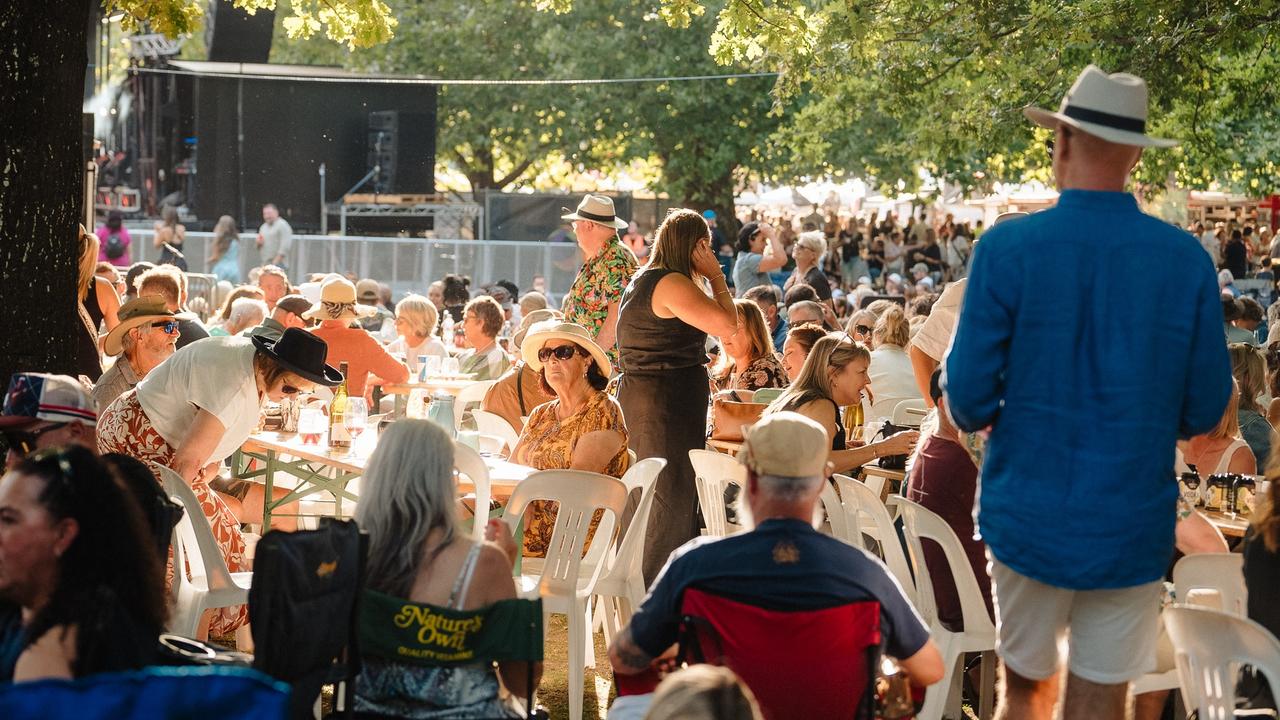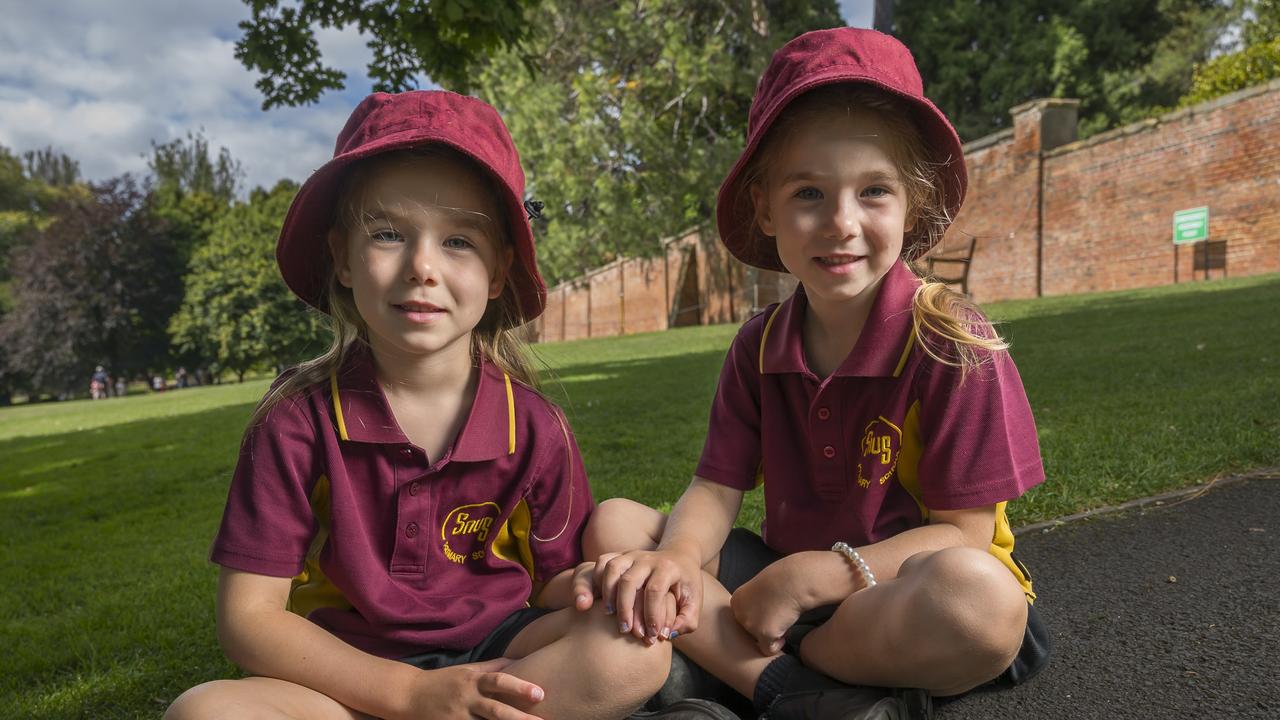Cafe Society: A year of ideas for our future
Year’s end brings a chance to reflect on the future we want. ASSOCIATE EDITOR AMANDA DUCKER lists her highlights from her 2019 talks with the state’s community leaders and thinkers.
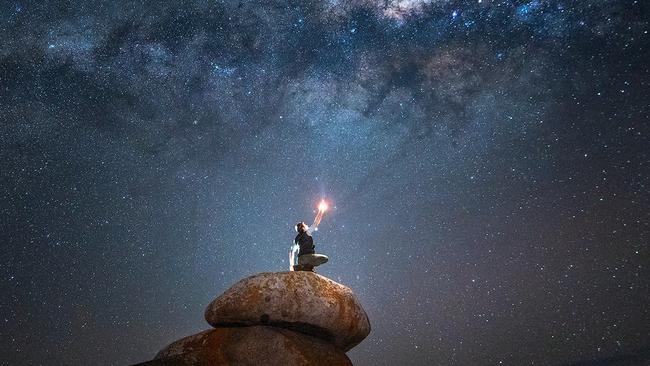
Tasmania
Don't miss out on the headlines from Tasmania. Followed categories will be added to My News.
YEAR’S end brings a chance to reflect on the future we want. Every week in our Cafe Society column, Associate Editor Amanda Ducker talks to community leaders and thinkers over a cuppa about their vision for Tasmania. Here’s some 2019 highlights.
YOUNG AND THE RESTLESS
It’s no secret Tasmania needs more young adults to live here, to offset an ageing population, and the good news is that the state has never looked so enticing to under 35s. But Hobart faces strong regional competition, from Auckland to Adelaide, in luring more millennials and Gen Zs, said urban strategist Steven Burgess of Complete Streets.
“We have the art, the music, the food and the grog. The only thing that will stop those people coming is having to buy a car and move to suburbia.”
Hobart needs to roll out more city apartment living and a better public transport network pronto or young folk will settle elsewhere. “Keeping and attracting your young adults is crucial,” said Mr Burgess.
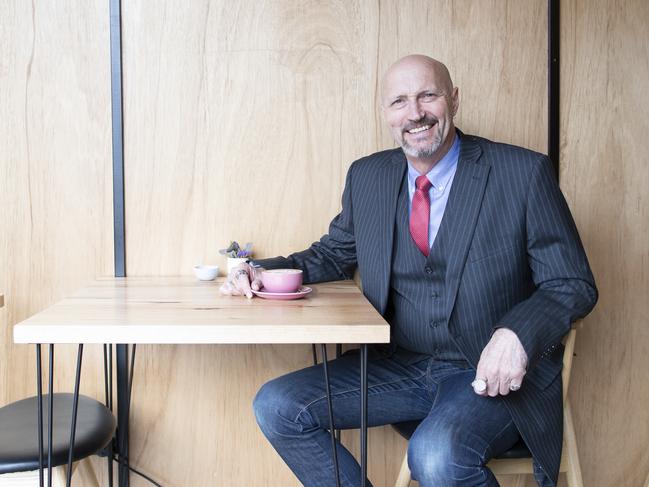
DRIVING FORCE
Hobart remains a heavily car-reliant city and experts agreed that must change. Mr Burgess said a northern suburbs light rail or trackless tram along Main Rd would be a good start.
Closer to the CBD, landscape architect Jerry de Gryse of Inspiring Place backed an electric tram for Elizabeth St from Federal St, North Hobart, to the waterfront.
As Harvey Lennon prepared to step down as RACT chief executive, he outlined a vision for seamless park and ride services from satellite centres including Kingston, a multi-stop ferry service and a free or lower-cost Metro service.
Ferry builder Bob Clifford of Incat shared his vision for a 19-stop River Derwent ferry service stretching from Bridgewater to Blackmans Bay, a much more ambitious undertaking than the State Government’s promised ferry service linking the city and Bellerive.
Australian Institute of Architects Tasmania Chapter president Shamus Mulcahy stressed the importance of a co-ordinated vision, saying reinstating a state architect (scrapped in 2012) would help holistic planning.
“We need a co-ordinator, someone to make all those strategic connections, especially between housing and transport,” Mr Mulcahy said.
“We will never maximise outcomes if we continue to behave reactively rather than having a long-term vision.”
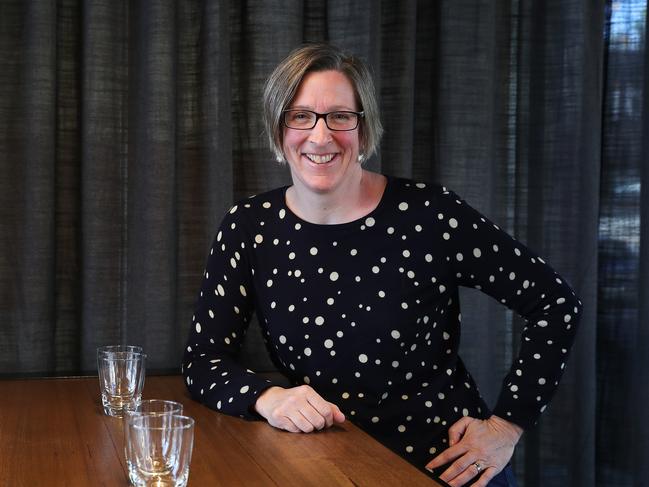
THEY PAVED PARADISE
Inappropriate tourism development can be avoided if we always align our core values with our tourism values, said University of Tasmania tourism academic Anne Hardy. “Not only will that approach sustain the Tasmania we know and love, it will give tourists what they are after,” Dr Hardy said.
Why not embrace an international identity as a place that proudly protects itself from incongruent development?
Dr Hardy and her academic colleague Can-Seng Ooi support an indirect tourist tax to part-fund regional tourism infrastructure and spread the economic benefit of tourism more broadly.
Mr Ooi encouraged tourism bosses to pay more attention to growing business and events tourism as well as the leisure market.
Landon Bannister of Dark Sky Tasmania said Tasmania’s potential as a natural stargazing destination with a covetable depth of darkness was huge.
With 80 per cent of the world living under artificial sky glow, Mr Bannister said Tasmania could attract people seeking natural nocturnal experiences.
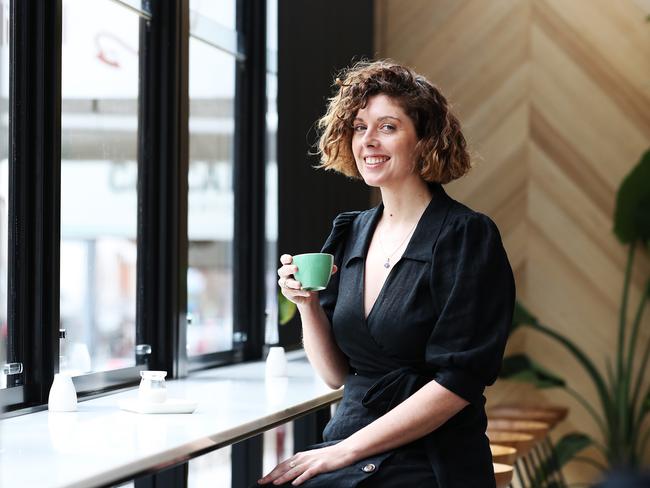
Self-described micro-hotelier Sarah Andrews said Instagram and Airbnb were brilliant gamechangers with loads of ongoing potential. Accommodation providers’ success relied on “cracking the code” of audience, pricing, storytelling, styling, photography, press, flowers, management, practicalities, organisation, marketing, websites and social media.
“Imagine if everybody used Instagram the way I do, talking about their own lives, communities, spaces, things they love and do in Tasmania,” said Ms Andrews, who has built a tourism business based on a single shack she calls Captain’s Rest on the waterfront at Strahan.
For others, some tourism was troubling. Fly fishing guide and author Greg French spoke out against plans for a privately run helicopter-accessed standing camp at Lake Malbena in the Walls of Jerusalem National Park, saying the proposal was “the thin edge of the wedge”.
“For me the biggest problem is the precedent of giving a chunk of land in a World Heritage Area ... to a developer without notifying the public.”
This month Mr French was an organiser of a protest walk of fishers, bushwalkers, tourism guides and others opposing the development, the future of which is uncertain. The project emerged from the State Government’s controversial 2015 Expressions of Interest process, which invites private tourism operators to pitch for permission to operate in protected, publicly owned areas.
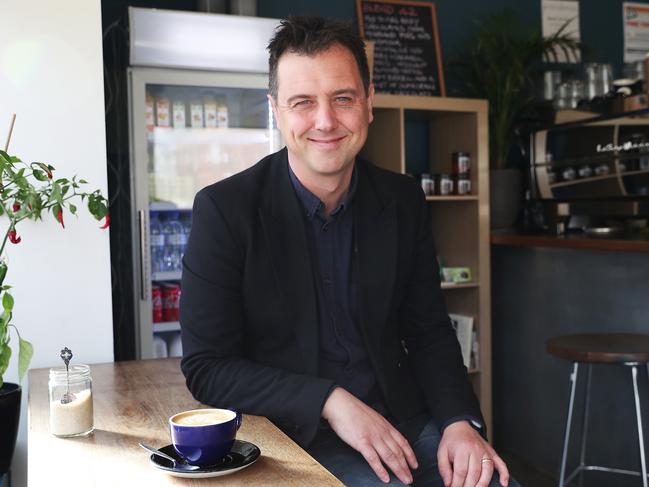
PLANNING AND DEVELOPMENT
A blanket height limit for new buildings in Hobart’s CBD would “dumb the argument down to the lowest possible threshold” rather than encouraging strong design, Institute of Architects’ Shamus Mulcahy said.
Property developer David Lee of Riverlee, which owns most of the Odeon Theatre Liverpool St city block, agreed.
“A mandatory height limit prohibits creative expression. It prohibits design excellence and it prevents innovation with design,” Mr Lee said.
He suggested plot-ratio planning, now operative in Melbourne, as an alternative regulatory approach, whereby developers offset excess height by activating the ground levels with features including parklands and retail.
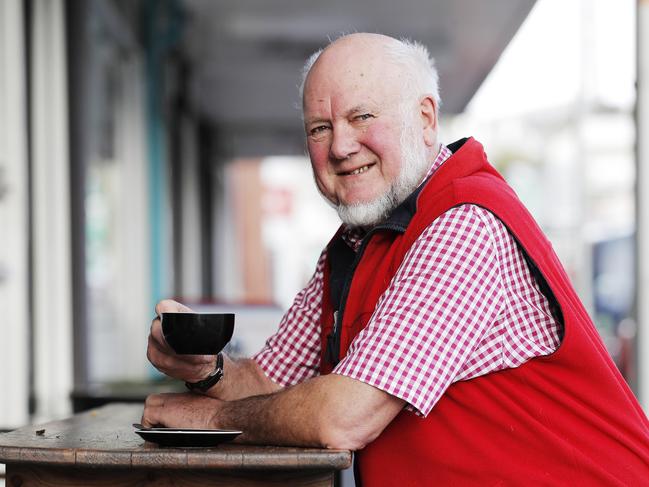
HEALTH
We need a central health hub comprising the state’s four public hospitals and the university’s learning and research centres, said former Royal Hobart Hospital director of emergency Bryan Walpole. And the University of Tasmania’s CBD relocation offered a great opportunity to increase knowledge sharing and timely take-up of new technologies and treatments, and save money through resource-sharing. “If our ailing health system is to heal, we urgently need to bring clinical, educational and research facilities together,” Dr Walpole said. “It’s a well-tried national and international model.”
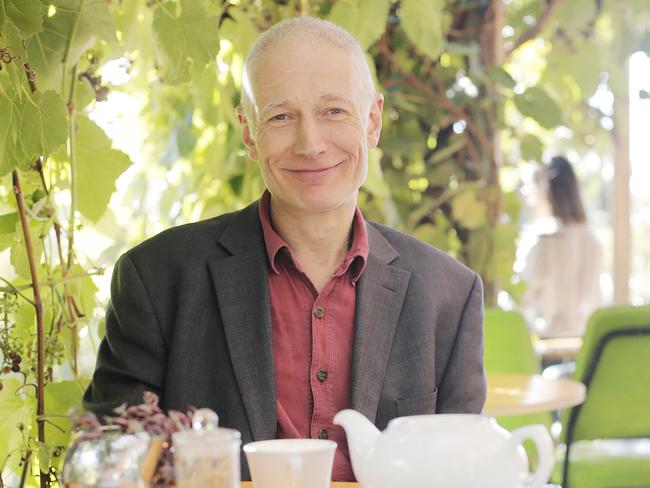
HOUSING
Months before the state’s historical housing debt became news, Professor Keith Jacobs of UTAS called for the Federal Government to release Tasmania from the debt, the repayments for which were gouging the annual allocation for new public housing builds. The Mercury went on to campaign on the issue that was picked up by Senator Jacqui Lambie, who brokered a way to ditch the $157 million debt. Mission accomplished.
New models of public housing needed exploring, said Mez Newman of the Cygnet Community Hub, pointing to Finland’s Housing First Initiative, which has reduced long-term homelessness by 35 per cent in a decade. She was among Cafe Society guests to rue the hollowing out of services in Common Ground Tasmania’s low-income housing developments.
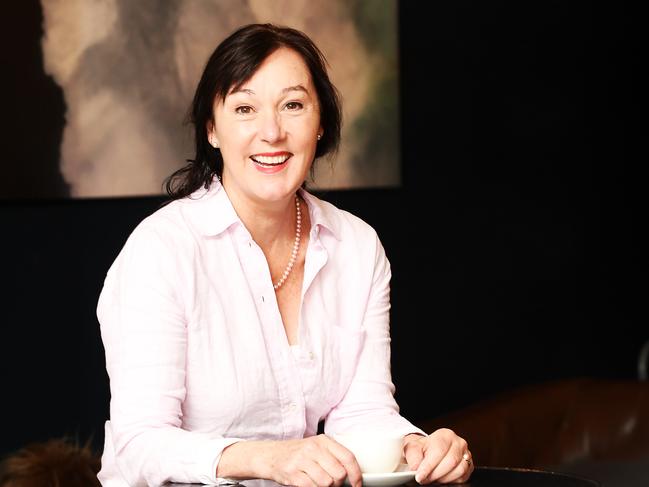
EDUCATION
Breaking Tasmania’s intergenerational under-education pattern came up a lot. “If we can get on the front foot, then those people won’t get left behind,” said Deloitte Tasmania managing partner Carl Harris.
Speech therapist and literacy advocate Rosalie Martin outlined a vision for 100 per cent literacy she spearheads through Connect42. Ms Martin has thrown her support behind a 2020 trial introduction of a Year 1 phonics screening check in Tasmanian primary schools. The ‘sounding-out’ test, introduced in South Australia last year with bipartisan support, provides critical insights to teachers on their students’ aptitude in decoding written language.
Sixteen Legs documentary maker and Bookend Trust founder Niall Doran said the best learning happened when the conditions were right. “If you don’t have that nurturing environment for kids, it becomes that much harder to break out of that inter-generational cycle of under-education,” he said. “The reason we spend a lot of time talking to communities through initiatives such as touring Sixteen Legs all around the state is that you also need to inspire the community that supports the student.”
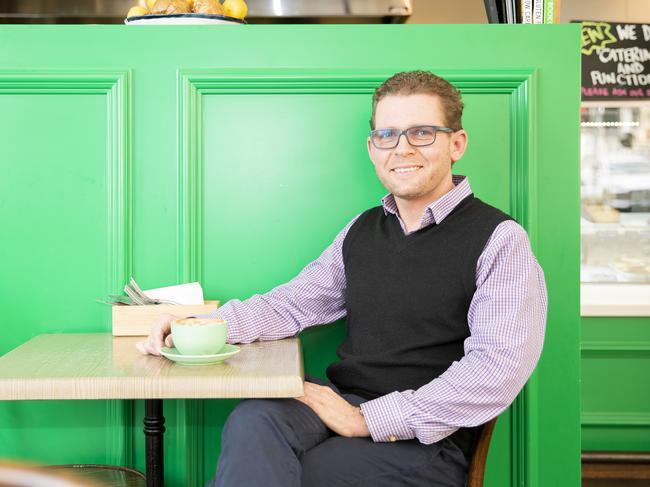
CLEAN TASSIE
Hydro Tasmania’s Battery of the Nation project director Chris Gwynne talked up pumped hydro energy storage in Tasmania as a “game changer” with major economic benefits. He also foreshadowed a place for hydrogen as part of our energy mix.
As renewables interest surges in response to climate change, Mr Gwynne said Tasmania was already ahead of the curve, with hydro providing up to 90 per cent of the state’s electricity.
The state had no such claim to fame when it came to energy consumption, though, said infrastructure adviser Braye Sutherland, who said electric vehicles could revolutionise the way we use energy in Tasmania, and not just by ending our reliance on petrol.
Car batteries could help stabilise the electricity grid by storing latent power for individual household use at peak times. “Tasmania could be the absolute golden child,” Mr Sutherland said. “There’s perfect synergy with all the hydro [electricity] already.”
Let’s grow more, waste less, said Jess Robbins of The Tasmanian Way, who wants a version of Hawaii’s Aloha+ Challenge six sustainability targets introduced here. They include a goal to at least double the proportion of locally grown food consumed and to reduce pre-disposal solid waste by 70 per cent by 2030.
As he joined the Bob Brown Foundation’s Stop Adani convoy, lettuce farmer and self-described conservative Anthony Houston urged Tasmanians to embrace climate action and protect productive land. “Tasmania will become much more important agriculturally,” he said. As Tasmania’s reputation as a temperate paradise grew, Mr Houston said more mainland farmers would look south as climate change impacts made their land unviable. “There is going to be a growing global shortage of arable land and water. We need to protect agricultural land at all cost. It is really important urban and tourist developments do not take it.”
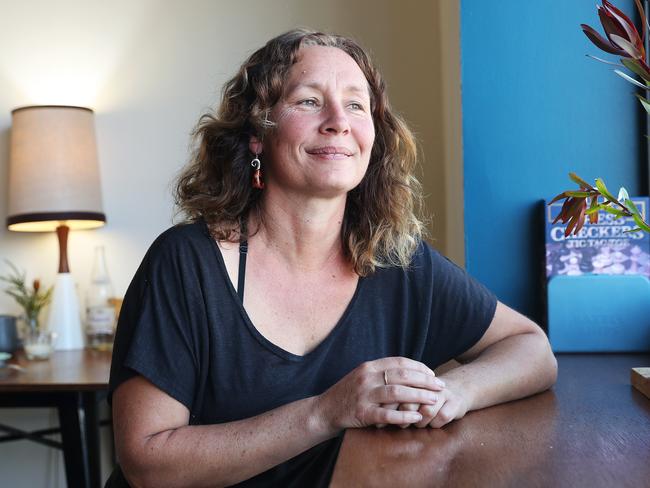
HAND IN HAND
“The biggest shift I’ve noticed since the first Nayri Niara Good Spirit Festival in 2008 is our own people’s willingness to share stories, and secondly people’s genuine listening and wanting to come and share their stories,” said Aboriginal leader Ruth Langford before the March festival on Bruny Island. Embracing mutual respect and understanding was the only sensible way forward.
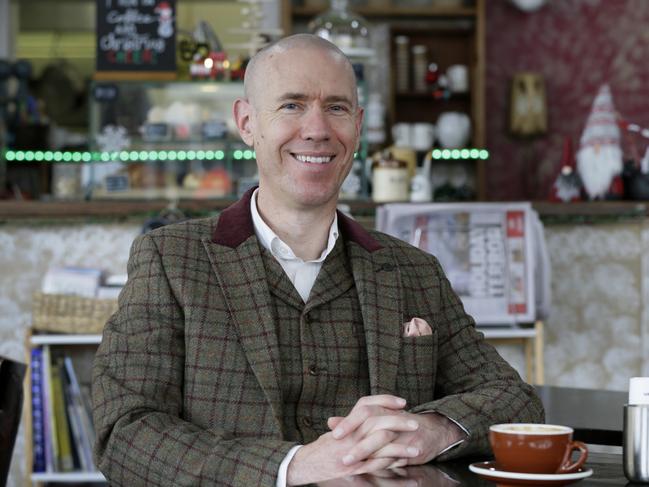
THE BRAND
It’s hard to stand out from the crowd if you market yourself with a slogan used by a huge number of other places, said Brand Tasmania chief executive Todd Babiak, whose team is taking the Tassie brand beyond the ubiquitous ‘clean and green’.
Their recently unveiled catchphrase “the quiet pursuit of the extraordinary” as a defining Tasmanian quality could well have been written for all my Cafe Society column guests this year.
Hats off to you all.

